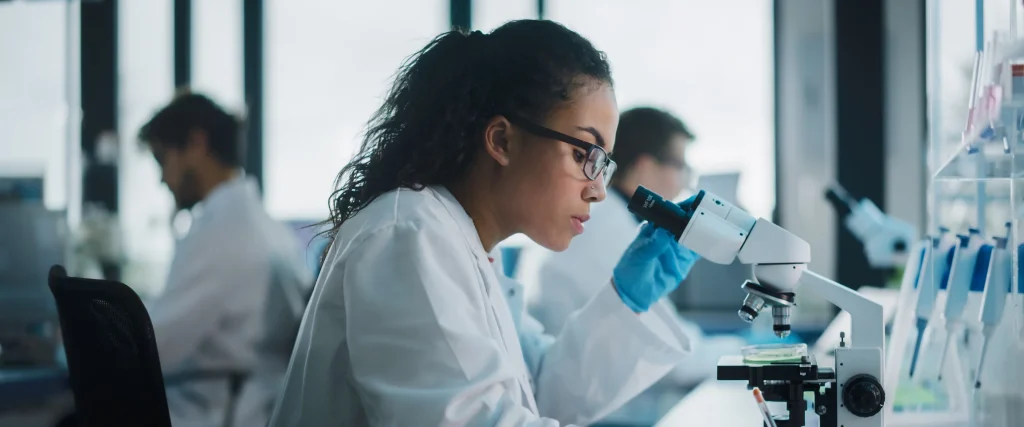
Cell and gene therapies (CAGTs) are revolutionising the world of medicine. But the journey towards market success is not without challenges. Parexel is at the forefront of accelerating the development of CAGTs that offer immense hope to patients with advanced cancers and genetic diseases. The journey is not without challenges – from regulatory hurdles to financial constraints.
Clinical trials for CAGTs have significantly increased since 2016, with over 2,500 currently in progress. However, the number of qualified sites to conduct these trials is limited, leading to an overload and site fatigue. Shifting these trials to community and regional centers could help address these issues and increase patient diversity. However, this would require collaboration, capital investment, and potentially new operating models. For instance, medical-practice investigators could partner with accredited blood banks or hospitals. The willingness of existing hospital research sites and accredited treatment centers to provide in-patient care for research participants is also a crucial consideration.
Curative CAGTs pose challenges to existing pharmaceutical frameworks due to their potential for lifelong cures. Three trends could affect patient access and market success:
1) The use of surrogate endpoints to measure long-term effects, which may outpace regulatory and reimbursement infrastructure,
2) The emergence of dynamic health technology assessments (HTAs) in Europe, which could provide a more accurate value assessment over time, and
3) The investigation of CAGTs for non-orphan conditions, which could put pressure on health systems and payers due to the high cost of treating large populations. These challenges could be mitigated by collecting real-world evidence, creating dynamic HTA evaluations, and balancing patient interests with emerging science and healthcare expenditures.
Follow the link below for Executive summary from Parexel.